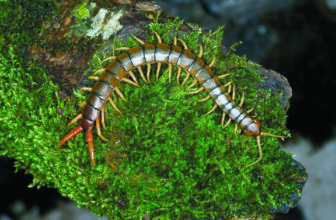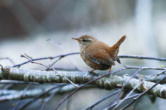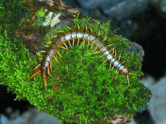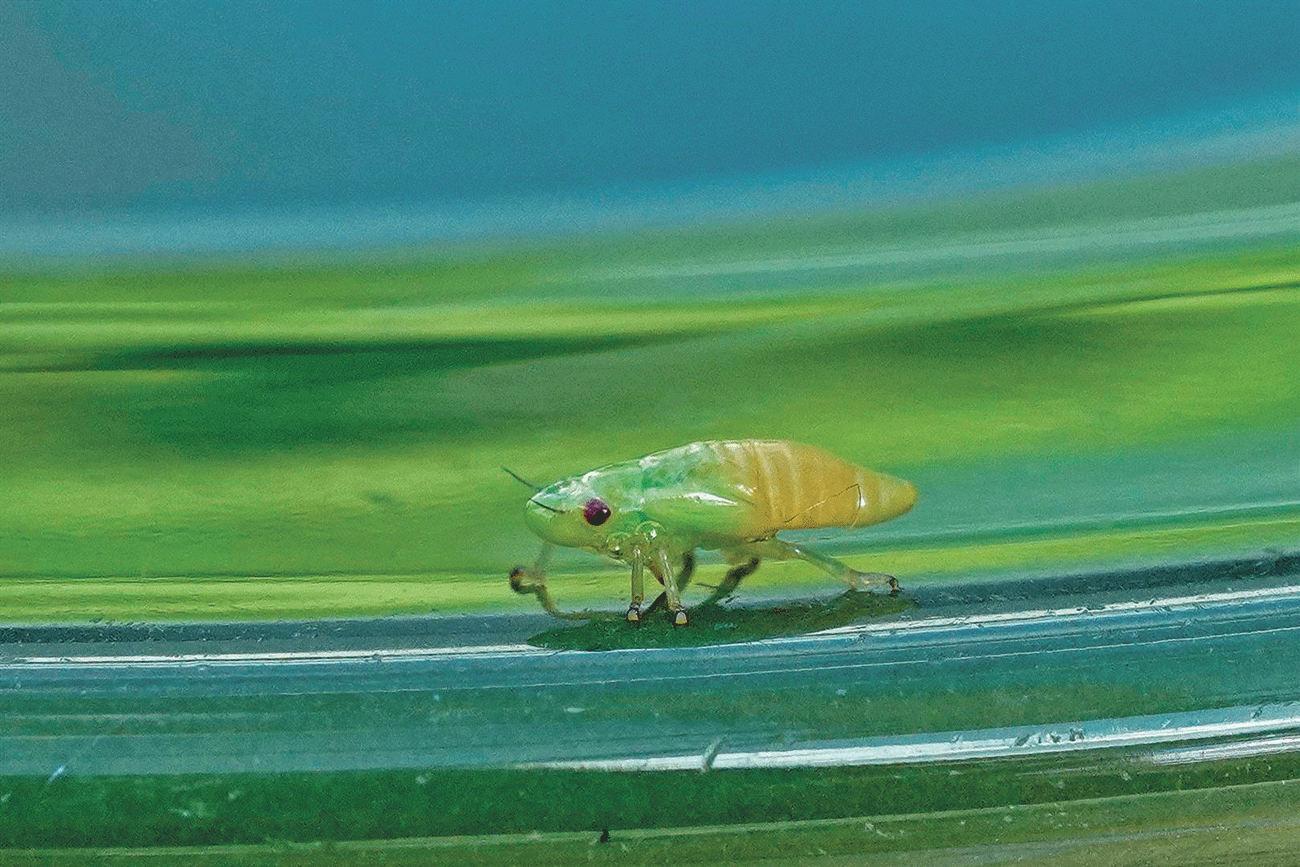
by Miki Marks // Main Photo: A Spittle bug nymph © Mark Matthews
In May, the cuckoo is heard for the first time and on various shrubs, especially lavender some foamy, bubbly substance can be seen. This is known as ‘cuckoo’s spit, but the only thing the bubbles have in common with a cuckoo is that they both make an appearance at about the same time. I had a particularly fine amount of this stuff at the end of May in my front garden and became curious about what it could be and what had created it. I picked a few frothy stems and brought them inside. I sat and watched; soon the foam started to wobble and then I saw that in the white bubbles there were tiny little green creatures – smaller than an uncooked grain of rice. I learnt that what I was looking at were the nymphs of the spittle bug or frog hopper – Philaenus spumarius. The ‘spume’ is produced by the nymphs. They pierce the plant tissue with their beaky mouthparts and suck water from the water-conducing vessels to extract amino acid nutrients for nourishment. It needs to extract a lot of water from the plant to get sufficient nutrients and it expels this water through the anus. The foam produced is necessary for the nymph to prevent it drying out – and as protection from predators.
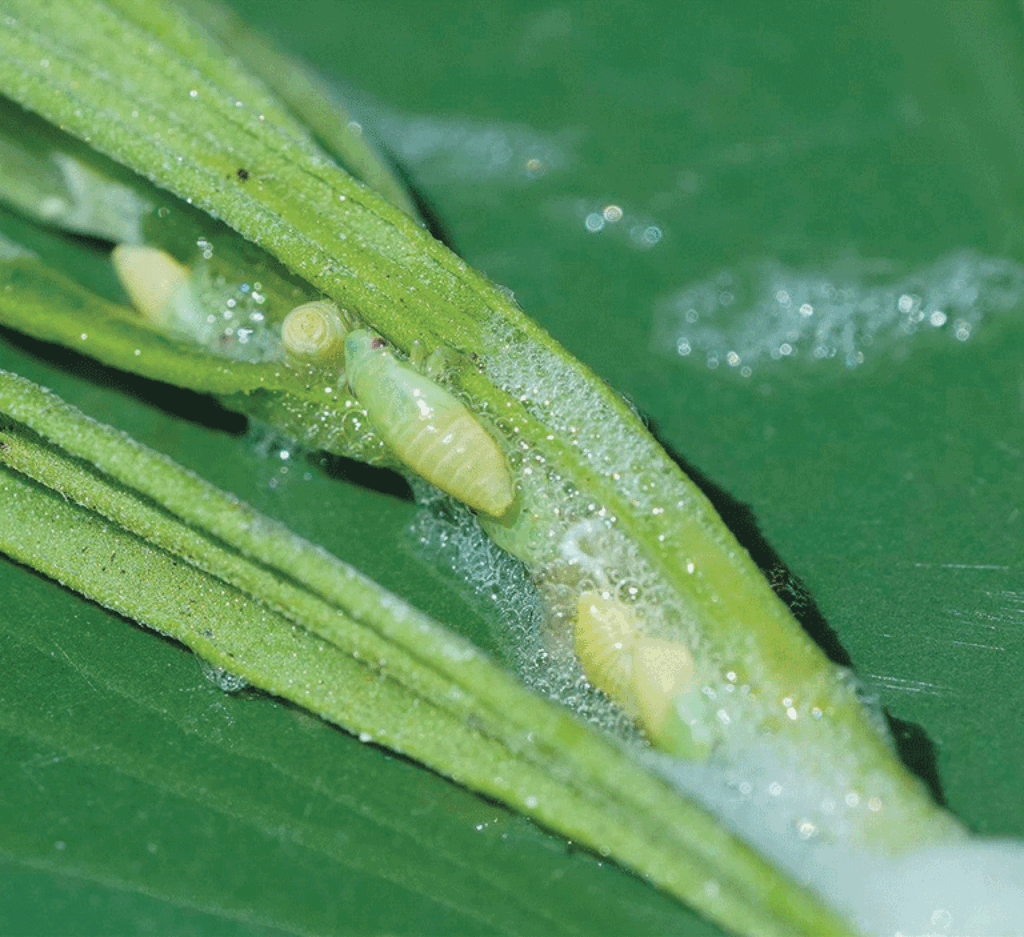
The spittle bug is also called a froghopper for its phenomenal ability to leap 27 inches into the air with its incredibly strong back legs. The leap is even more vividly described as comparable to a human vaulting over a tower block of 10 stories. This ability to leap helps it to escape being eaten by birds and beetles. In the winter the froghopper lays its eggs in leaf litter and then in early spring, the nymphs crawl up a convenient stem, oozing foam as they go. They finally settle, usually in the joint between leaf and stem and go through 4 stages of development throughout May, June and July. They will then have become adults and depending on the species, they vary from pale brown to a darker shade with two stripes along their backs. Not only can they leap, but also fly. Looking on-line I found that one of the most often asked questions was were they a pest and should they be destroyed. The answer is no, although in a drought too many nymphs could contribute to a plant being dehydrated. I watched a heavy downpour of rain wash away most of the foam on my lavender, but within two days it was back to where it had been.
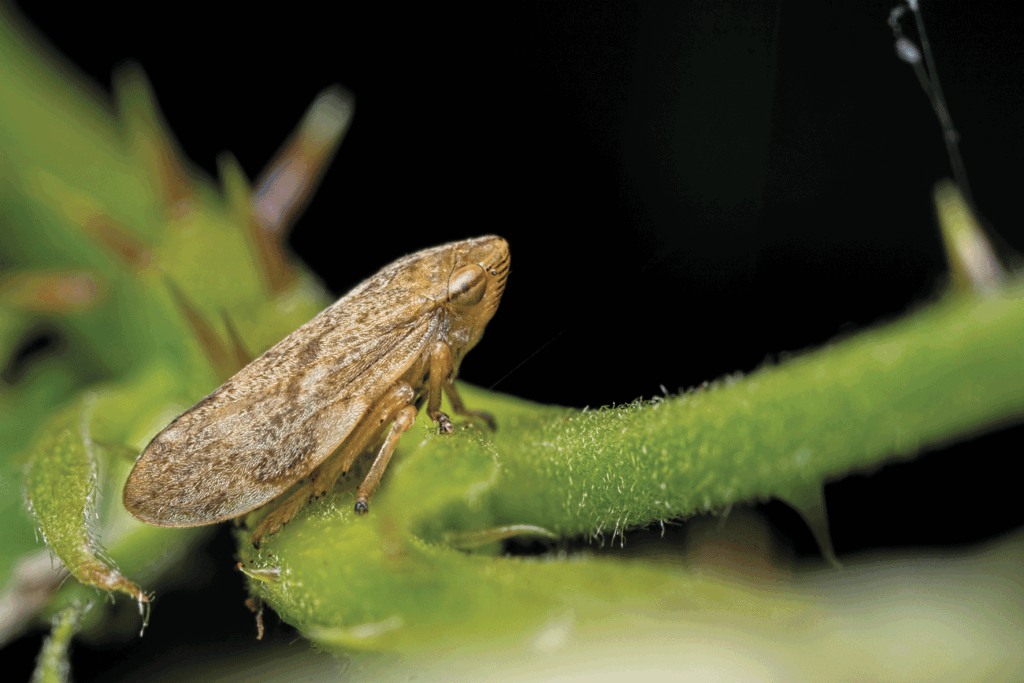
In June and July the limes flower and it is the most delicious smell. Most of the limes in Cranleigh are pollarded and seldom flower. So it is worth strolling along our Common and finding the four spectacular limes in amongst the maples. They probably predate the maples and were planted in the four corners of the little roadway to a house once called Stonewall. They have now reached a great height. Limes are not universally very popular on account of the lime aphid. These pear shaped insects can feed in huge numbers on the underside of the leaves and excrete a dilute sugary solution known as honeydew. It is sometimes collected by bees as a lazy solution to nectar, but it can be a great nuisance making car windscreens, park benches and pavements sticky – and even slippery in the rain.
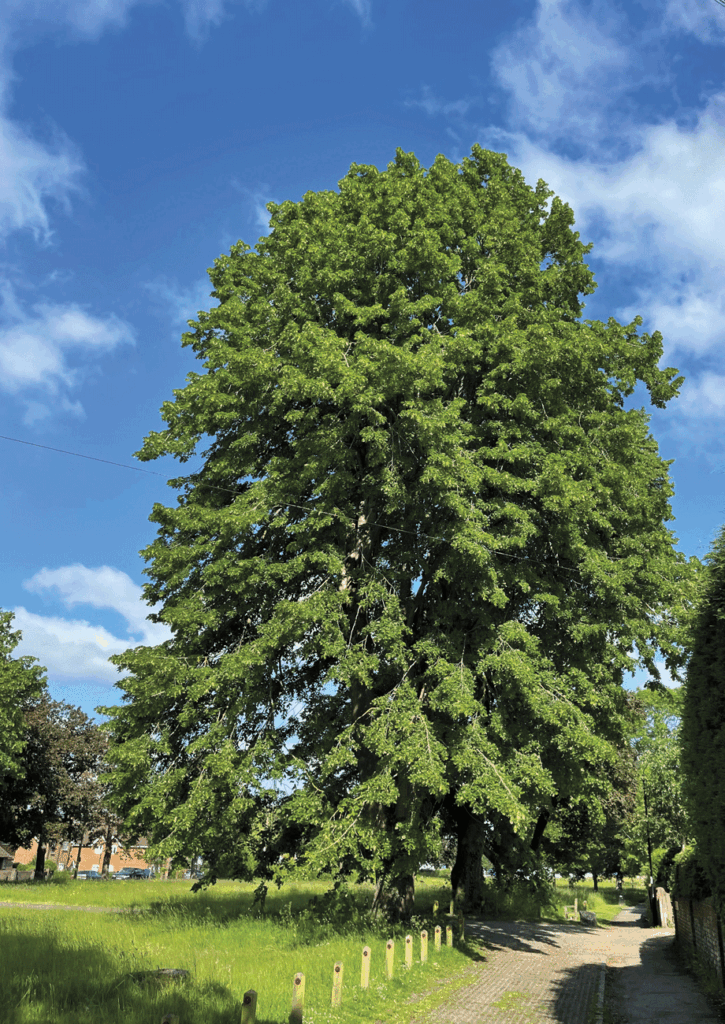
By my back door I have a patch of Lords-and-Ladies – not planted, they just arrived, and a welcome addition to my ‘relaxed’ garden. The flowers are most strange; a cup shaped cocoon with an upright, phallic looking organ called a spandix. There are many country names for this plant, arum maculatum, a number of which are amusing innuendos, the most respectable is probably ‘Parson in the Pulpit’. These plants have an amazing ability to create heat, fuelled by the breakdown of carbohydrates at the base of the flower. Thermal imaging has shown that the spandix can be more than 14 degrees Celsius warmer than the surrounding air – the heat increasing to 30 degrees Celsius. No one is quite sure why this wild wonder happens but a good guess is that it is a strategy to attract pollinating insects. The warmer the spandix, the more it gives out an aroma of fresh, rotting meat. I tried on several occasions to crouch down and sniff round the plant. Nothing. Perhaps there was too much rain, and we did have some chilly spells we had in May and April. The flowers have completely shrivelled away now and no berries seem to be developing, so I think the pollinators failed to arrive.
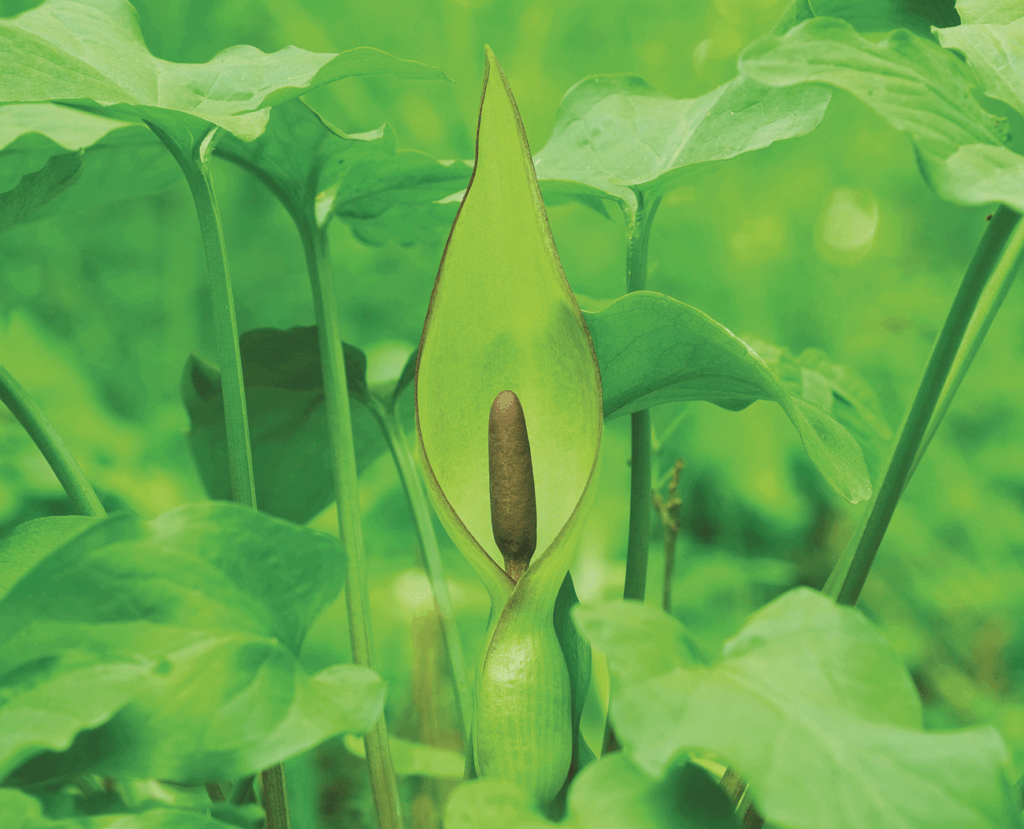
I am visiting the Knepp estate this month, and walking around with their ecologist. I hope to have a clearer take on the current rewilding/wilding discussion. I’ll let you know.



